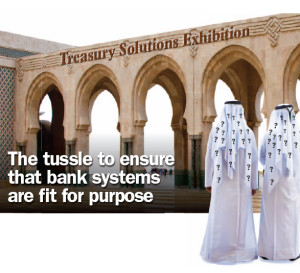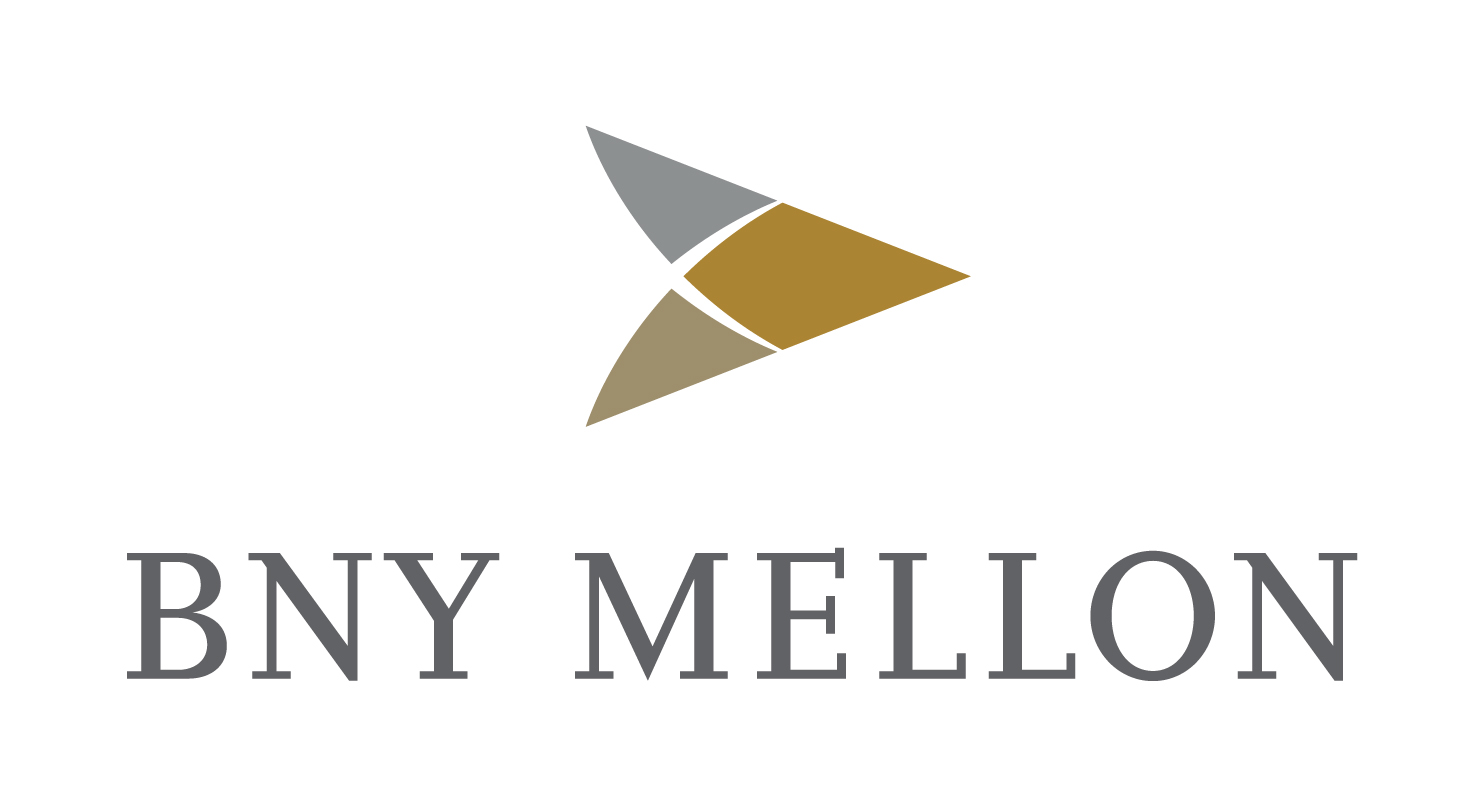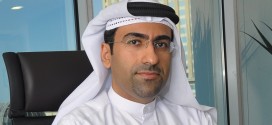
Purchasing the correct technology is a matter of supreme importance for banks. PAUL MELLY looks at the pressures behind choosing the right systems to handle treasury, trade finance and cash management transactions
What investment route to follow? That’s the complex and usually expensive question that today’s banks are confronted with as they seek to keep pace with the expectations of a customer base that has come to regard efficient and user friendly electronic technology as routine.
And when it comes to handling the treasury, trade finance and cash management transactions that constitute so much of what a bank provides, the pressure to perform is particularly intense, whether the client is a small business or a multinational.
So getting the technology right and ensuring that it is reliable is key. And, where possible, banks try to use systems that can inter-connect smoothly with those of their major business customers.
National Bank of Abu Dhabi (NBAD), for example, has high aspirations and knows that it has to make the right technology choices if it is to meet its goals.
“We differentiate our services via tailored solutions for our clients and we are committed to excellence in deal implementation and client services quality. This is an essential ingredient if we are to become ‘the World’s Best Arab Transaction Bank,’” explains Frank Hamer, global head of transaction banking.
He says the bank will continue to invest heavily in systems and people.

“One of our key pillars will be internationalisation – offering products and channels throughout our rapidly expanding international network. NBAD plans to be in 41 countries in less than a decade and the bank’s ‘Global Transaction Banking’ product offering is a key strategic anchor for this expansion.”
In-house or buy-in?
Among the difficult decisions that banks face as they upgrade their systems is the question of how far to develop technology in house, tailored to their specific needs and internal business culture, and how far to rely on off-the-shelf technology purchased from outside specialist providers.
Competition is so intense that many banks feel they cannot rely solely on their own technological capacities. But even as they strive to keep up with the best industry standards, they also want to make the most of their individual strengths and ensure the best possible fit with their existing internal operations.
And that may encourage them to refine and adapt systems bought from the outside, and then tailor them to their particular requirements and competitive advantages.
Saudi Arabia’s Bank AlJazira has also bought in know-how from a leading international name, but specified adjustments to suit its own needs.
Following a competitive tender, the bank has just ordered IT infrastructure for new data centres in Jeddah and Riyadh from industry specialist Siemon; two other companies also bid for the deal.
Siemon was chosen both for the designs it submitted and for the performance of its systems when measured against AlJazira’s particular specifications – which were both technical and commercial (such as the forecast lifespan of the systems and what they will thus deliver in return on investment). The bank then took Siemon’s advice and selected BT Al Saudia to implement the project.
Many banks, especially those with diverse operations, opt for a range of systems.
Murali Subramanian, head of transaction banking at Abu Dhabi Commercial Bank (ADCB), explains that his institution has opted for a mix of technologies, some bought in from outside and some developed in house.
“ADCB has a well developed IT organisation that has led change almost continuously over more than the last 5 years. The ‘develop or buy’ decision depends on a number of factors really, and time to market, sophistication of offering, life-cycle costs for maintenance and time to obsolescence are all important,” he says.
“As an example, it was possible to bring more than 5000 clients on to a new market leading transaction banking channel within 18 months of our initial concept discussions. Our decision to acquire and customise a vendor product in this instance was proven to be the right decision. On the other hand, where additional reports or interfaces were to be built to supplement this channel, it was more efficient to develop the capability internally, of course.
“Having said that, in keeping with the need to offer clients tailored solutions and ensure market requirements are factored in, right down to the last detail, all vendor systems undergo significant customisation and integrated testing before deployment.”
Subramanian says that ADCB uses many state-of-the-art technology platforms.
“As would be typical of a large and growing transaction banking provider, the investment in IT related to transaction banking has been consistently high for the last several years,” he points out.
“Our technology architecture supports all the bank’s businesses seamlessly, with common platforms and streamlined channels. The important philosophies driving the evolution of the technology architecture would be single sign-on, ‘straight through’ processing, fault tolerance, speed of response, adherence to the highest standards of compliance and governance, the use of modularity and building blocks rather than a monolith, and robust contingency planning.”
Looking ahead, Subramanian outlines a number of key themes.
“The evolution will encompass several dimensions. Security of access and interaction, as well as compliance and governance management will be important drivers.”
Moreover, Subramanian argues, ADCB is a market leader in transaction banking and will maintain its policy of continuously bringing global market standards and products into the services and products that it offers clients.
“For instance, eBAM is not a new idea globally, but is new for the region and we will provide this for key clients through our own technology platform. And mobile computing is an important new dimension for our business and one where ADCB has taken early leadership in, with further evolution to come.
“ADCB works closely with the various entities in the Abu Dhabi government and has provided them with integrated ‘host-to-host’ solutions, which will be further centralised and improved. Finally, as the Central Bank adds infrastructural capabilities for transaction banking, ADCB will be one of the first to offer clients the ability to use these.”
Payment investment
In 2011 National Bank of Kuwait chose ACI Worldwide to provide the technology for a modernisation of its main payment and money transfer system for both consumer and corporate customers.
And at NBAD, too, payment systems have been one of the priorities for technology development.
“NBAD’s Global Transaction Banking has invested in payments, including bulk-payments channels, liquidity and collections management solutions, an automated trade finance portal as well as a sophisticated billing system. All of these competitive solutions are part of NBAD iBanking,” notes Frank Hamer.
“One strong point is the integration of all individual developments into one solution – to cater for our large client base of big government-related entities, large, medium and small domestic private enterprises and foreign multinational corporations, often with a regional treasury function in the UAE.”
And, as at other banks, a key theme is the blending of high quality outside systems with homegrown know-how.
“NBAD’s global transaction banking has decided on a mix of vendor and in-house developed systems,” explains Hamer.
“Vendors such as Polaris, Misys and Suntech have provided solutions that were enhanced and combined with in-house products and channels to provide optimal solutions to our clients on an accelerated time line.”
Even central banks need to invest regularly to keep up with the development of the industry that surrounds them.
For example, the UAE Central Bank decided to adopt a ‘Oracle FLEXCUBE’, in place of its existing systems, to keep pace with rapidly changing operational priorities, improve the efficiency of the country’s banking system and deepen its surveillance of the constantly changing pattern of assets and liabilities of banks in the emirates.
 Cash And Trade Magazine For Cash and Trade professionals in the Middle East
Cash And Trade Magazine For Cash and Trade professionals in the Middle East




